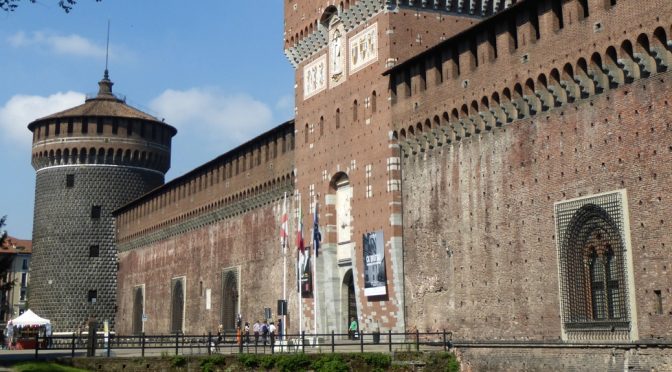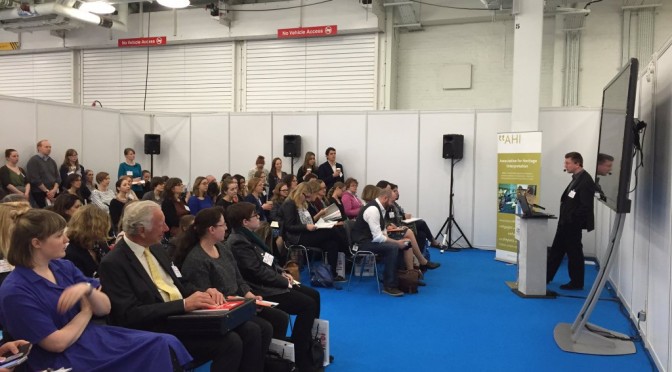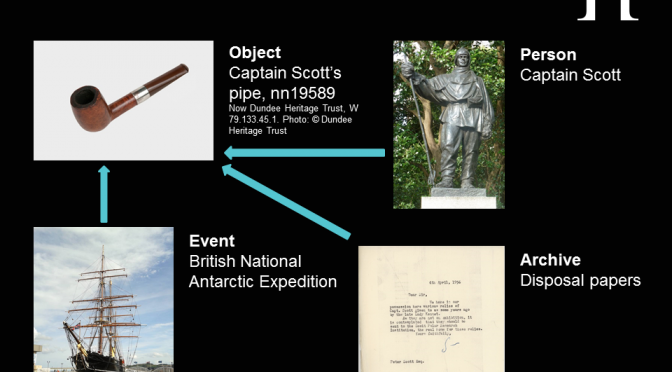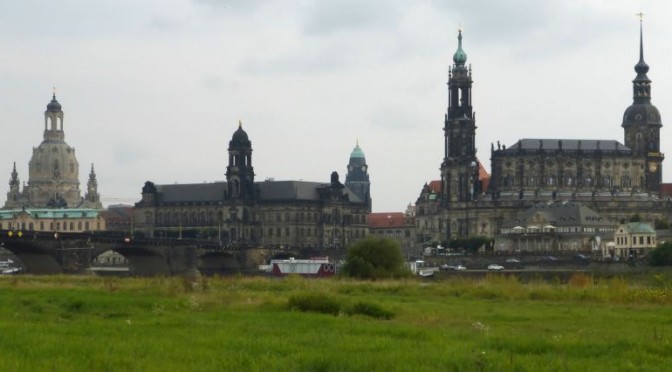Every now and again, a cry of anguish from appears on Twitter from Mark Carnall, Life Collections Manager at Oxford University Museum of Natural History, labelled with the #MuseumDocumentation hashtag. This is hardly surprising: like most of us who work in documentation, particularly those dealing with collections which have built up over a period of time, Mark often has to deal with multiple object records of variable quality.
Last Friday, he decided to live tweet a day spent cleaning reptile records in multiple databases (as he points out, one of these was a Word document, which really does stretch the definition of ‘databases’). Because this gives a nice insight into the kinds of problems that many of us face at regular intervals, I’ve Storifyed his tweets for posterity; you can read them here. As you will see, in addition to the usual difficulties caused by a collection’s documentation ‘evolving’ over time, natural history collections seem to suffer from some particular problems of their own – including the (to me) surprisingly fluid nature of many scientific names.




